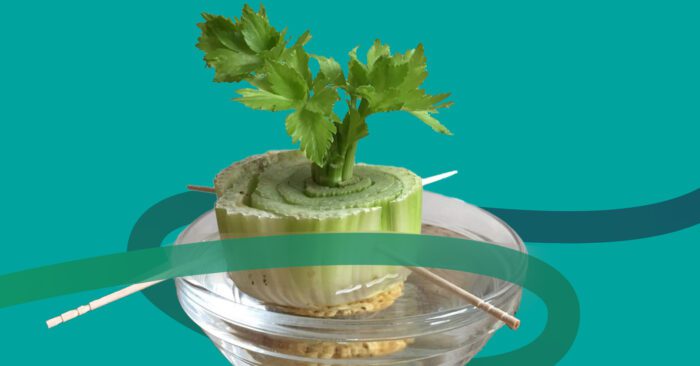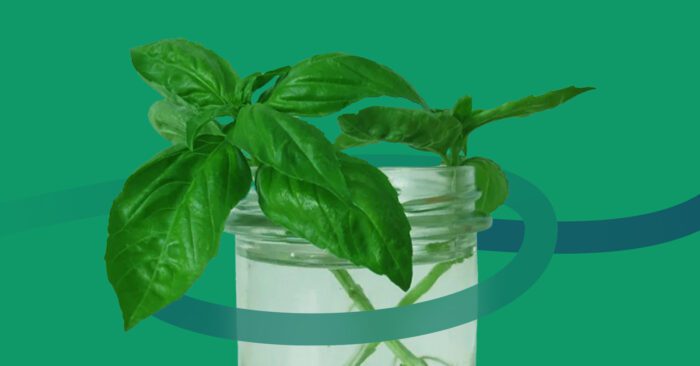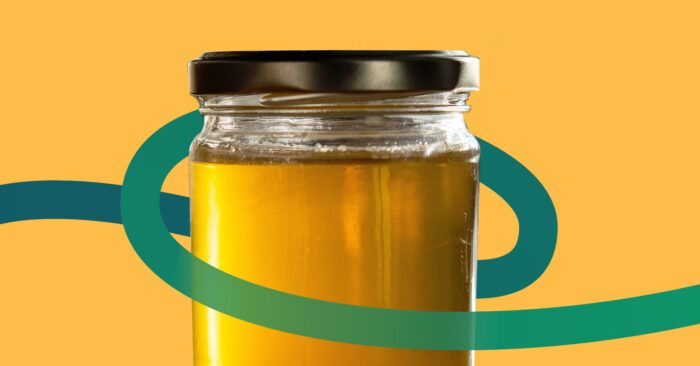WANT EVEN MORE HEALTHY IDEAS FROM SHAPE YOUR FUTURE?
Nothing takes your favorite recipes to the next level quite like fresh produce. However, gardening is intimidating for many beginners and can take up a lot of time in your already busy schedule. So, why not start from “scraps?” Veggie scraps, that is!
Here are four veggies you can re-grow along with another tip to reduce food waste.

Green Onions
It’s hard not to love the biting flavor of green onions. They can elevate almost any recipe, from tacos and chili to salads and wraps. They’re also one of the easiest vegetables to grow from scraps.
The next time you chop green onions, save the bottom inch or so to store in a clear glass or plastic jar. Fill it with water until the bottom roots are covered, then place it on the windowsill or in direct sunlight. Within a week, you’ll be able to trim fresh onions at dinnertime — no matter the season!
Pro tip: To make your “secondary produce” last longer, plant it in potting soil.

Lettuce
If you’re a lettuce lover, you can stretch your dollar even further by growing the leafy greens yourself. Save the bottom bulb from your next head of lettuce and insert a toothpick into each side for balance. Fill a small, clear glass or plastic bowl with just enough warm water to cover the bottom of the bulb and set it on the windowsill.
Within 2–3 days, you’ll see growth sprouting from the middle. Within 2–3 weeks, you’ll have fresh new leaves to complete your favorite lunch.
Pro tip: Every two days, mist the new growth with room-temperature water to keep it from drying out.

Celery
Similar to lettuce, all you need to grow fresh, firm celery sticks is the bottom bulb! Simply save the bottom two inches of your celery bushel and insert a toothpick into each side. Place the bulb in a clear glass or plastic bowl in direct sunlight and watch it grow!
It will only take a couple of days to see new leaves sprout from your store-bought celery — however, it can take up to three weeks to reap the rewards of your hard work. Patience is key with this veggie!
Pro tip: Celery needs a little love and a lot of warmth. Swap out the water every few days and ensure your sprouts get plenty of rays!

Basil
Basil is a delicious, flavorful herb that complements salads and Italian-inspired dishes. After you buy a small plant from your grocery store, it’s easy to keep the herb growing in your house. All you need is (you guessed it) water, a glass jar and sunlight!
Before you use your basil plant, cut a three-inch sprig off the top. Ensure the stem is long enough to touch the bottom of a small jar without getting the leaves wet. Within five days, you’ll see long, stringy roots growing from the bottom of the stem and small new leaves forming on the top. You can either trim them directly from the sprig or plant the herb in potting soil!
Pro tip: If you decide to plant this herb, bring it indoors during the chilly winter months!

Vegetable Stock
Instead of throwing out your “ungrowable” veggies, throw them in the freezer! Veggie scraps such as carrot peels, onion skins, mushroom stems and garlic cloves make the perfect veggie stock or broth. Simply freeze all of your veggie scraps until you have three cups’ worth, then simmer them in eight cups of water over medium heat for 45 minutes. Once your stock is finished, strain it and then use or freeze it!
With these fresh tips on veggies you can re-grow, you’ll save money, time and dinner! For more ways to use your produce, browse our recipe page — and to learn how to grow your garden from scratch, check out these seasonal tips.




